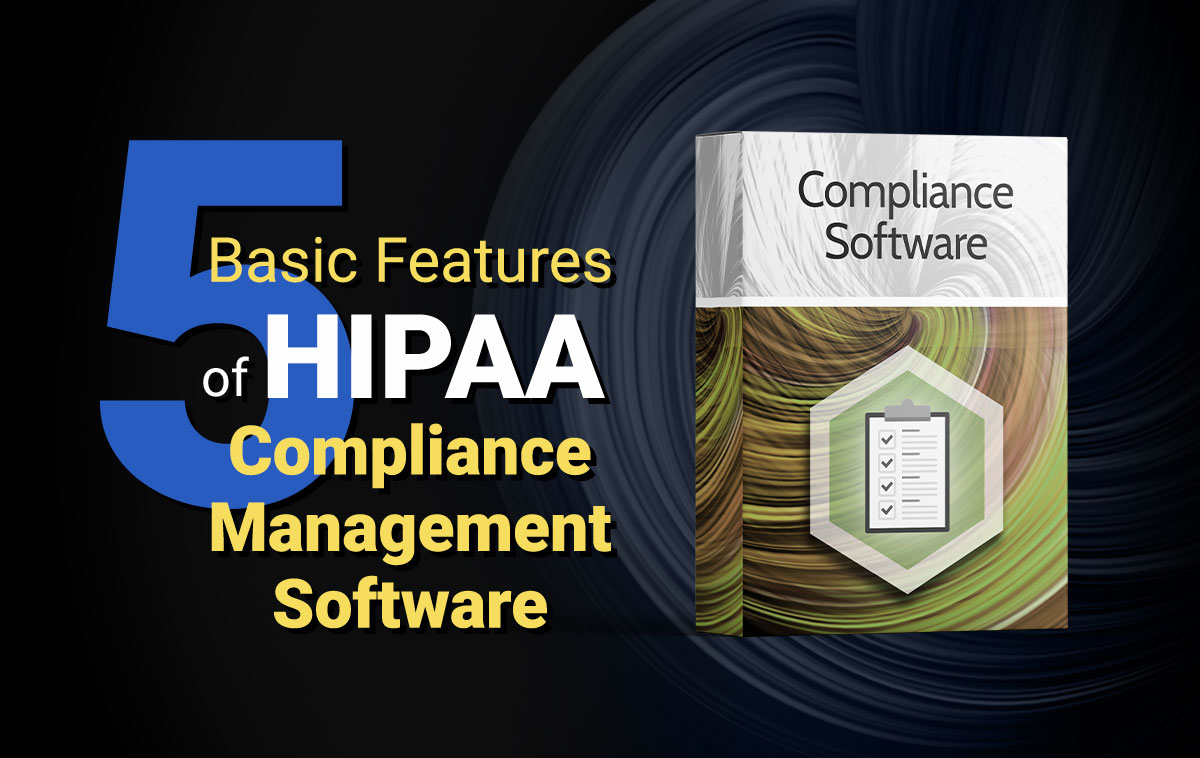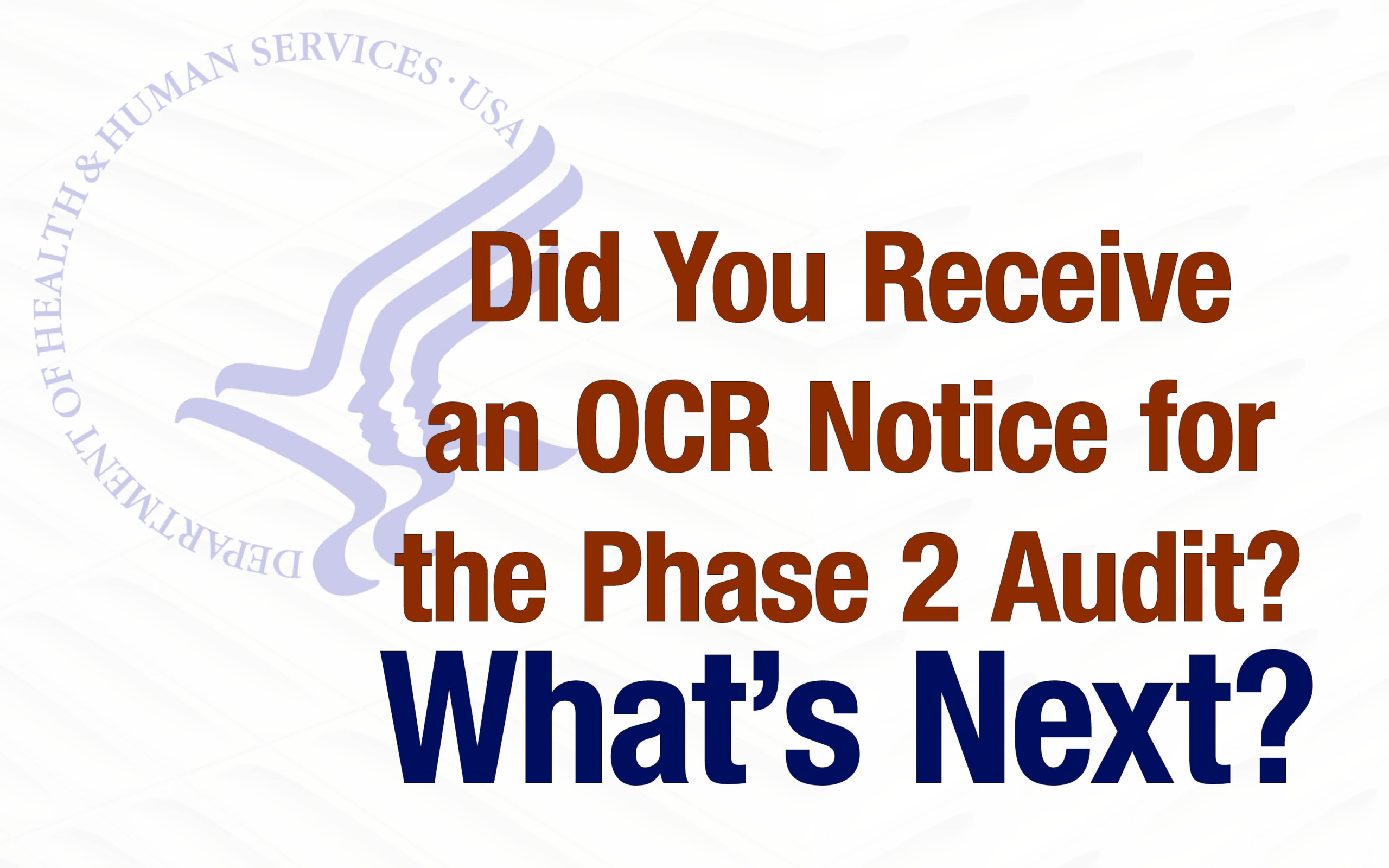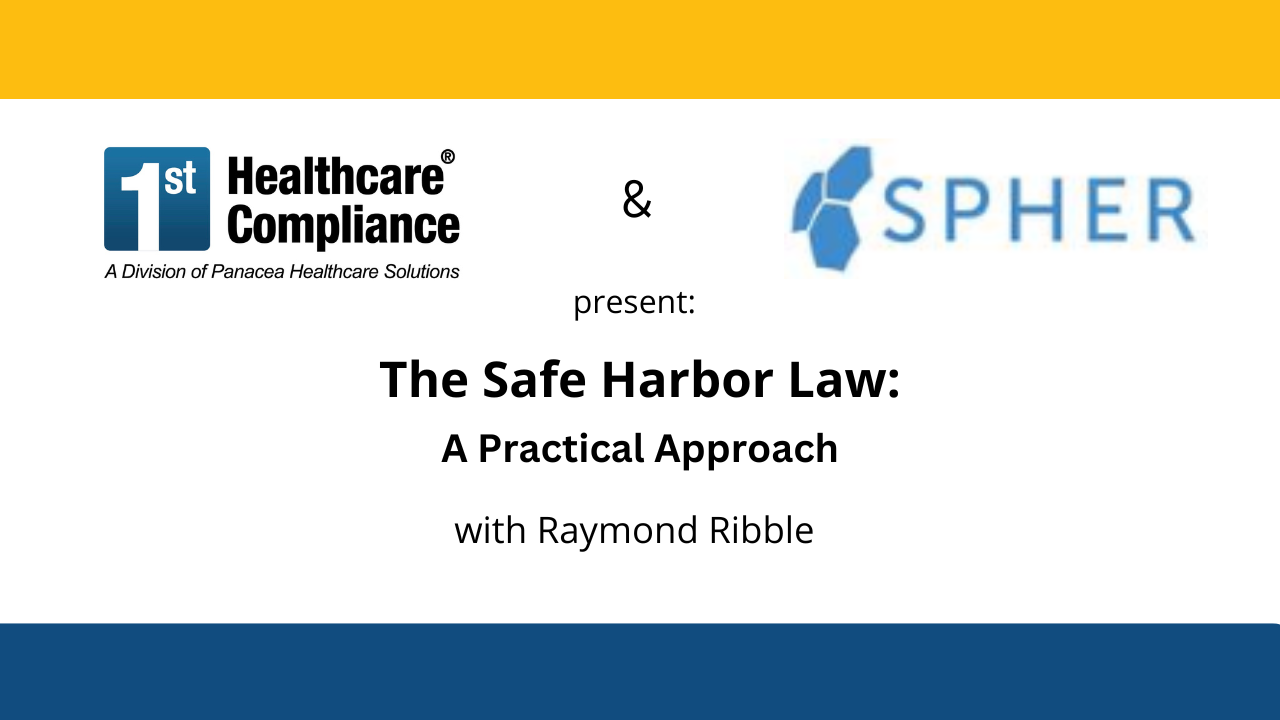Incident-to and the OIG Work Plan for 2013
The OIG Work Plan for 2013 includes a review which will attempt to determine whether payments for “Incident-to” services had a higher error rate than non-incident to services. Physicians who appear to be providing more services in a 24 hour period than possible could be red-flagged. The consequence could be an audit conducted by CMS. The audit will determine if services are medically necessary and if they were provided by qualified personnel.
Federal legislation defines “Incident-to” reimbursement as a provider billing for services and supplies that are performed by auxiliary personnel. Auxiliary personnel include nurse practitioners, clinical nurse specialists, certified nurse midwives, physician assistants, clinical psychologists, clinical social workers and physical and occupational therapists. The provider must first see the patient and develop a plan of care and initiate treatment. The patient then may see auxiliary personnel for continued treatment of the initial problem. The service provided by the auxiliary personnel is an incidental part of the patient’s treatment. If a new problem is identified, the patient must then be referred back to the provider for evaluation and management and a new plan of care initiated. “Incident-to” claims that do not meet Medicare rules are potentially false claims.
Requirements of “Incident-to”:
1. The services are an integral, although incidental, part of the provider’s professional service.
2. The services are of a type commonly furnished in provider’s offices or clinics.
3. The services are furnished under the provider’s direct personal supervision and are furnished by the provider or by an individual who is an employee or independent contractor of the physician. Direct supervision means that the provider, or a provider in a group practice, must be present in the office and immediately available to provide assistance and direction to the auxiliary personal.
4. The provider must perform the initial service and subsequent services frequently which reflect active participation in the management of the course of treatment.
5. The provider under whose name and number the bill is submitted must be the individual present in the office suite when the service is provided.
6. The documentation in the patient chart must match the service that was billed.





